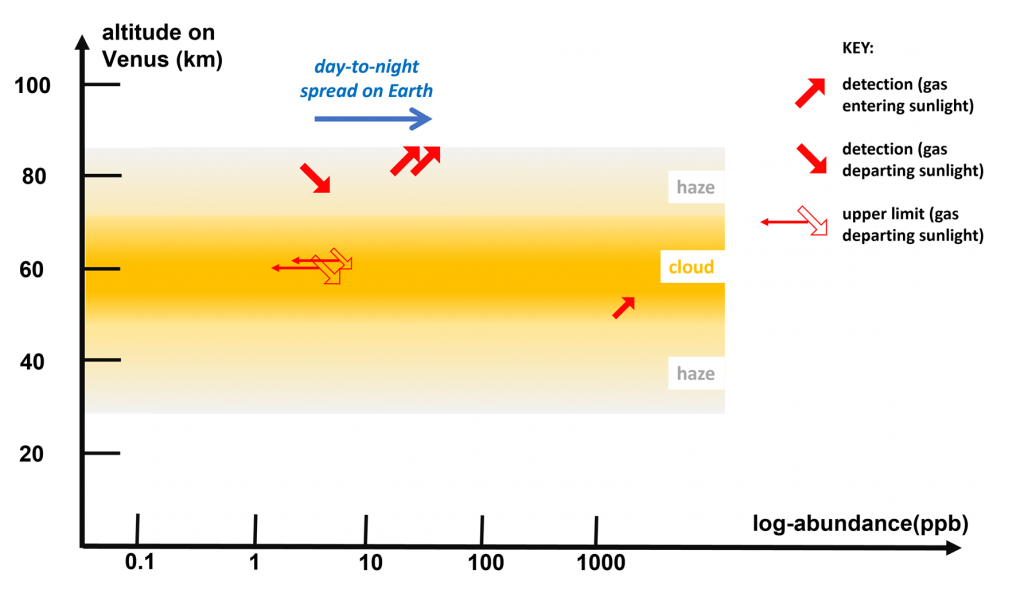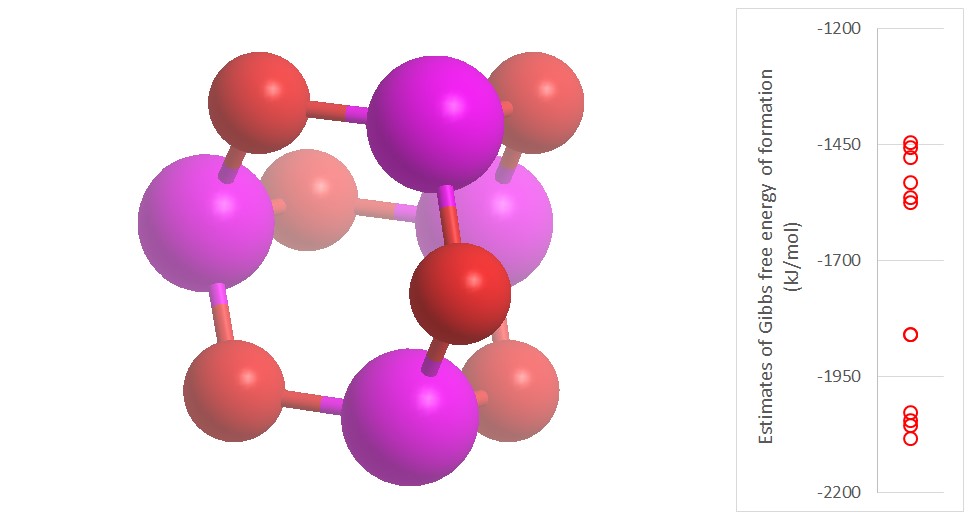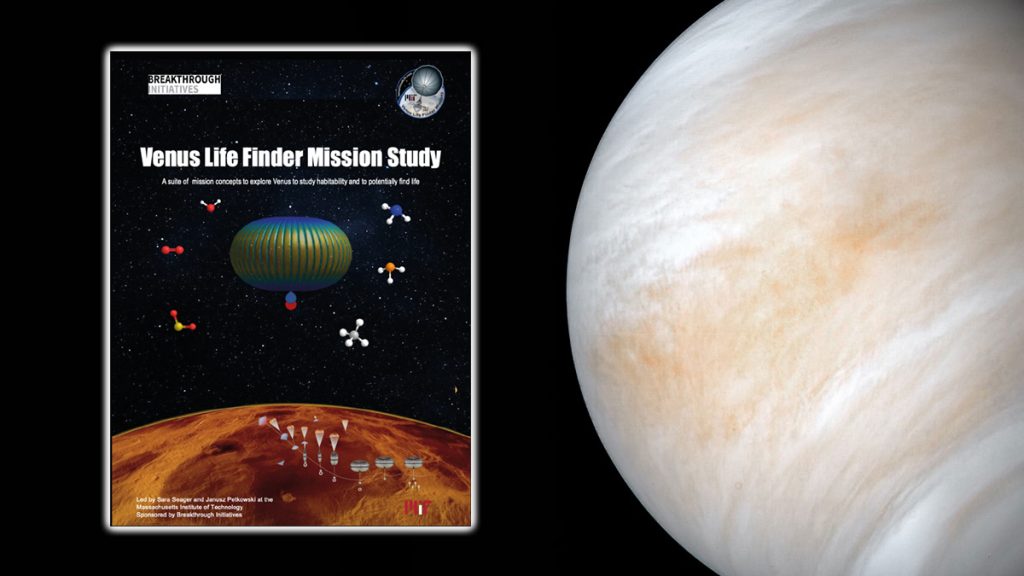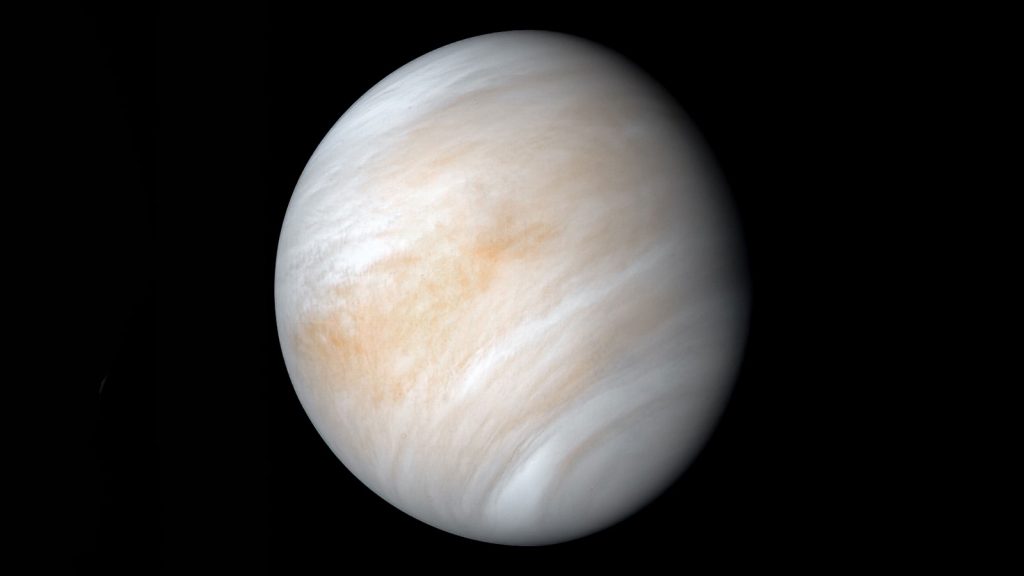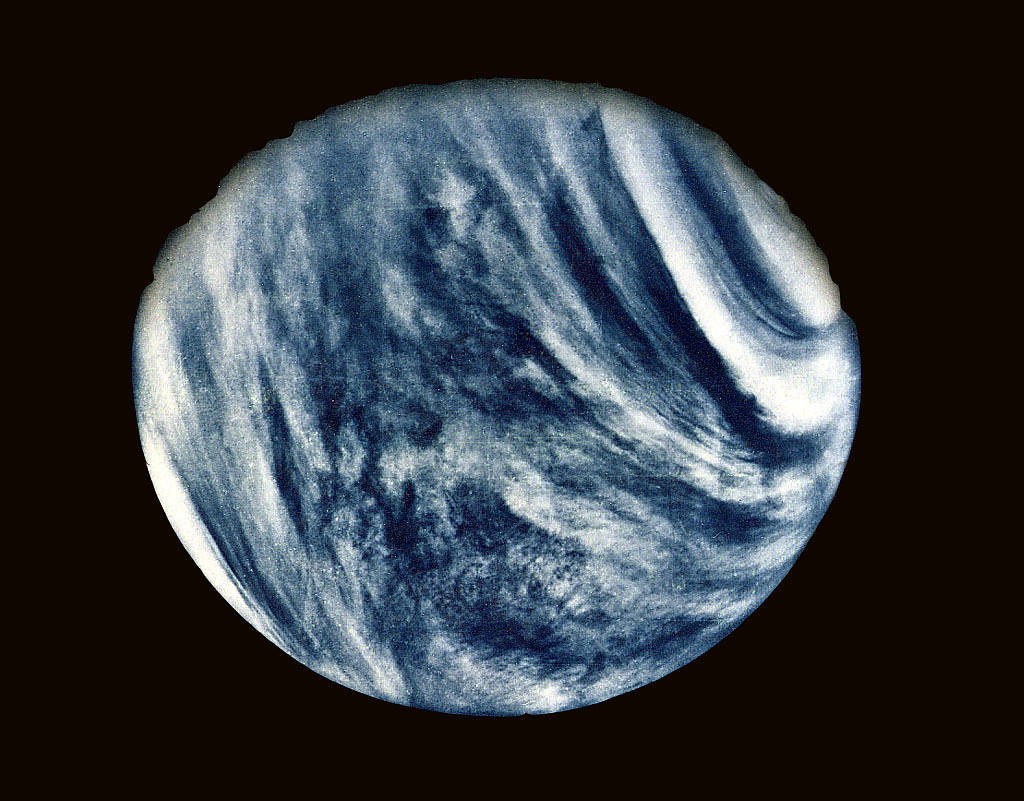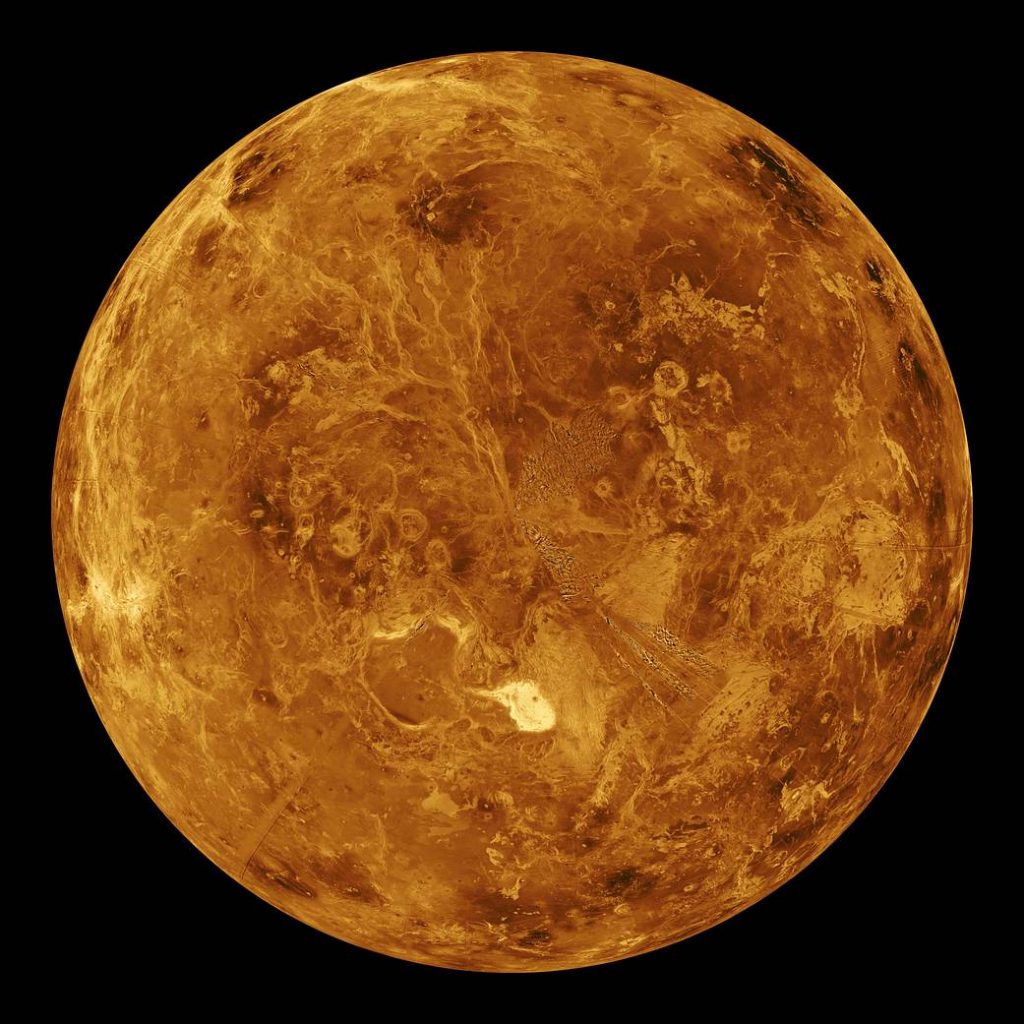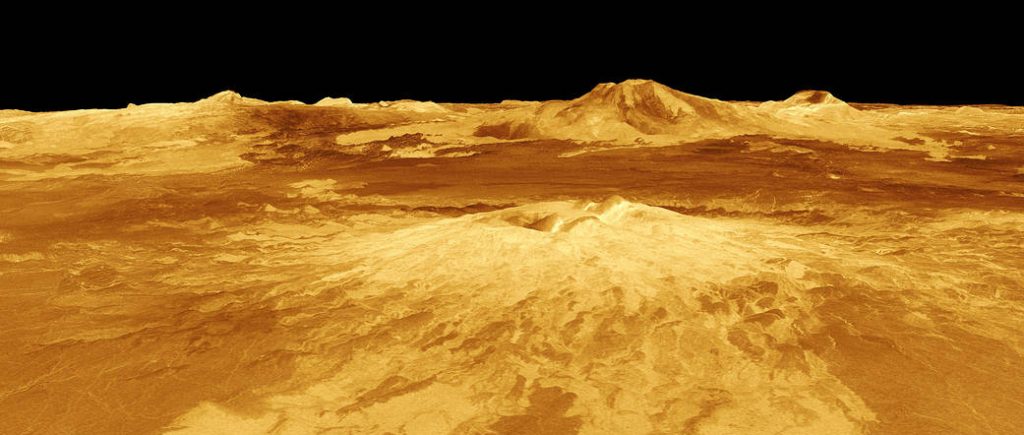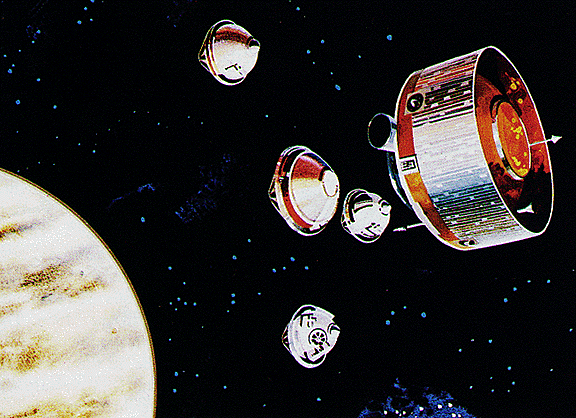Venus Phosphine Update June 2023
The Venusian atmospheric phosphine debate continues in 2023. Recently Cordiner et al. (2022) find no phosphine in Venus’ atmosphere, using the airborne SOFIA observatory (1). Professor Jane Greaves and the phosphine team, however, have reanalyzed the SOFIA data and recovered a 5.7 σ candidate detection, at ~3 ppb of PH3…

